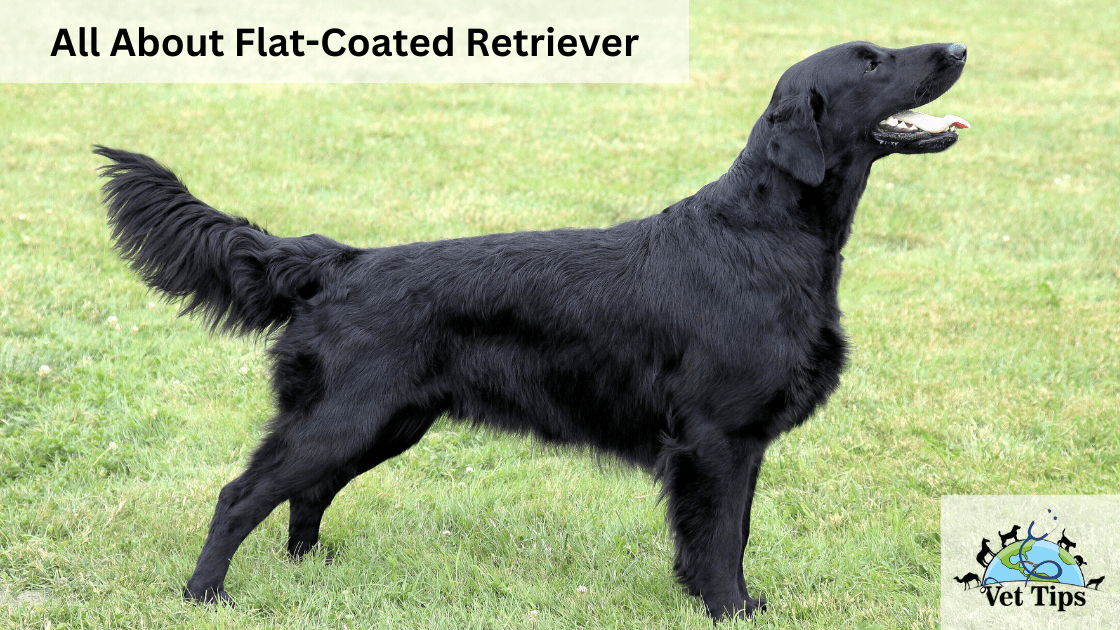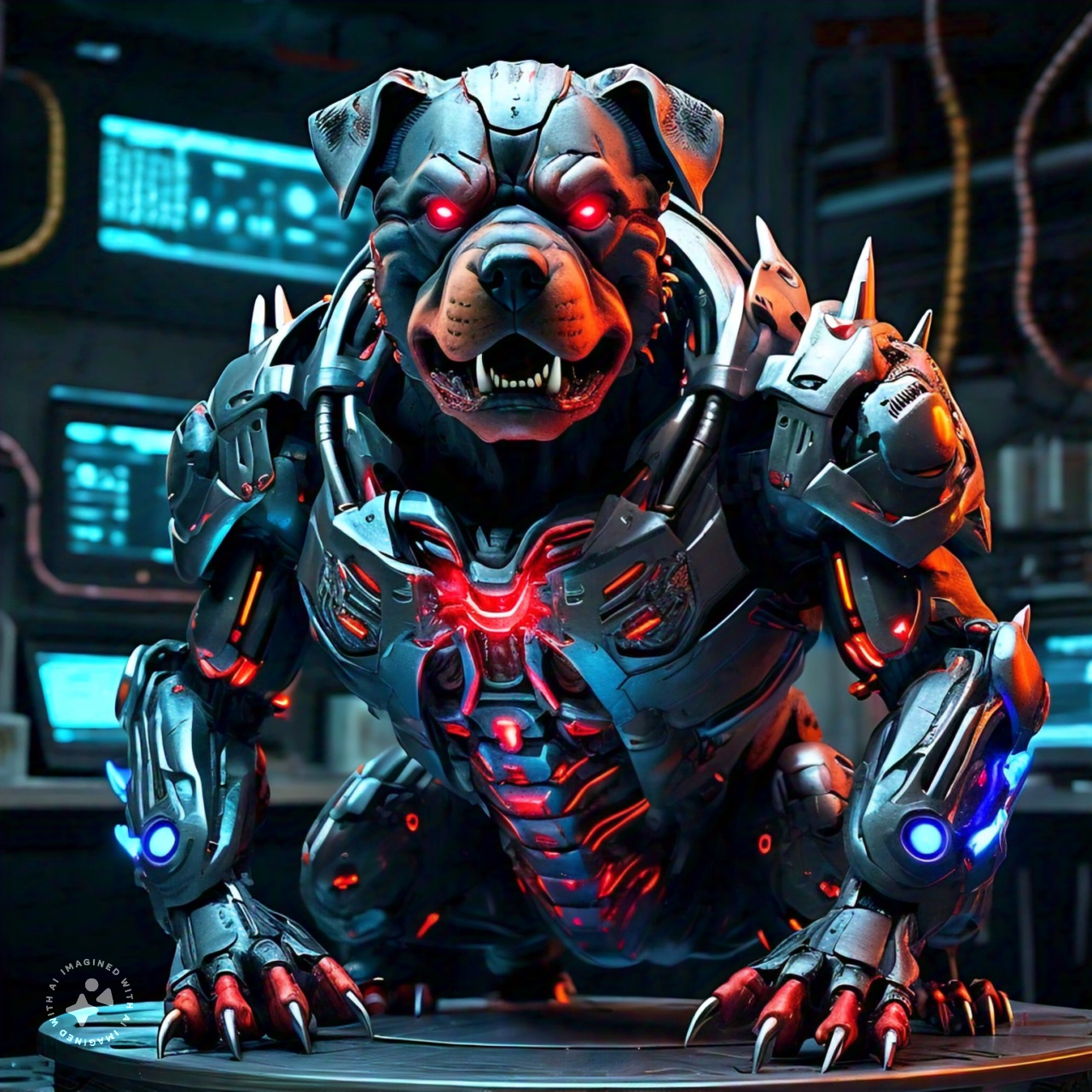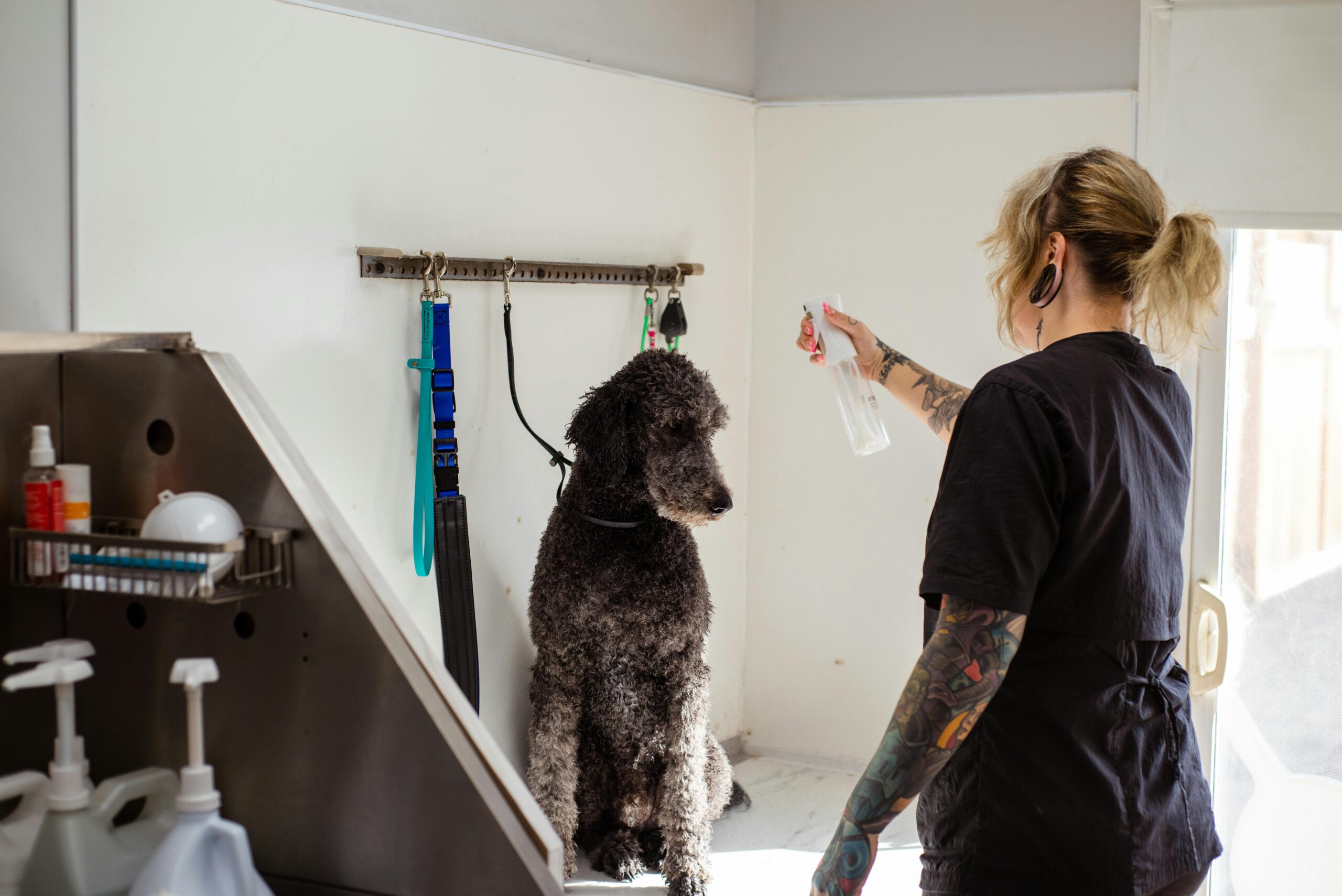“Flat-coated Retriever” is the most prevailing dog that is popular among new dog enthusiasts nowadays. So today we discuss, “All About Flat-Coated Retriever”.
The Flat-coated Retriever is social and welcoming with everyone and loves to be with the family. His personality has been known as a “forever puppy” due to his slow maturation process.
This breed competes in rally, obedience, and agility are super therapy dogs and are ideal companions for people looking for an active breed of dog. However, apartment dwellers need to be careful, as these puppies need more space to play and run. Take these beautiful dogs on daily walks to meet this dog’s high exercise needs.
Flat-coated Retriever Characteristics
Weight range:
- Male: 60-80 lbs.
- Female: 55-75 lbs.
Height at the withers:
- Male: 24 in.
- Female: 23 in.
Other Body Characteristics:
- Ears: Droopy (naturally)
- Their Exercise requirements: 45-90 minutes / day
- Energy level: average
- Longevity range: 11-14 years.
- Tendency to bark: low
- Their Tendency to Drool: Low
- Tendency to Snoring: Low
- Their Tendency to Dig: Low to moderate
- Social/Attention Needs: Moderate to High
- Bred for: Retrieving
Coat Characteristics:
- Coat length: Average
- Dog Coat type: Straight, flat
- Coat colors: Solid black, liver
- General Grooming Needs: Low
Club recognition:
- AKC Classification: Sporty
- UKC Classification: Gun Dog
- Prevalence: Regular
Flat-coated Retriever at first glance
You might think that the Flat-Coated Retriever looks like a black or brown Golden Retriever, but no such thing. It is a distinctive breed, originally developed as a dual-purpose game retriever on land and water. His initial popularity, which peaked before World War I, was overshadowed by the Golden and Labrador Retrievers. Still, his fans believe that’s for the best, preferring to keep the secret of his fun-loving but hard-working nature for themselves.
The dogs are known as the “Peter Pan” of retrievers. They generally mature very slowly than other dogs and maintain their puppyish vitality for many upcoming years. Their high energy level makes them an excellent companion, but similarly, it also means that owners must provide extra time and show more patience while training them.
Flat-Coat Retrievers are amateurs and won’t hesitate to laugh, even if it means ignoring or disobeying you. However, in general, this dog is a receptive and sensitive student. A severe correction or punishment will cause him stress, so be very careful during their training.
Tolerant and welcoming Flat-Coated Retrievers love everyone, including all family members and other pets. They will bark excessively and let you know if someone is coming, but don’t count on them to serve as any watchdog. They are great friends to active older children but can be too energetic for young children.
Although the Flat-coated Retriever is a relatively laid-back indoor dog, it is not suited to apartment life. He retains his natural hunting instincts and should live in an environment where his talents can be used, or at least one that allows him to run and swim. Expect to provide him with a couple of walks, runs, or another 45-minute daily activity to meet his exercise needs. If you are doing a good job, it will look a good fit and slim. Afterward, he will enjoy relaxing with you at home.
Many professional pet breeders and enthusiasts are the first to admit that Flat-coated retrievers are not for everyone. Still, there are a lucky few for whom this affectionate and attractive Retriever is a good match.
History
Given the vibrant nature of Flat-Coat, it is fitting that one of its ancestors was named Old Bounce. Old Bounce and his daughter Young Bounce-natch! – where necessary for the development of the breed. They were members of a species of Retriever owned by Ranger J. Hull in 1864.
But the man most credited with developing the breed was E. Shirley, who helped mold them into a stable and specific species. He also contributed to his advancement by H. R. Cooke, whose Riverside Kennel produced many fine fields and show Flat-Coats.
The Flat-Coat was a famous hunting dog until the end of World War I, but then Labradors and Golden Retrievers began to steal its legacy. His numbers got dangerously low, and he flirted with extinction once or twice. Fortunately, its fans were able to pull it out of the abyss in the mid-1960s. The Flat-Coat never regained its initial popularity but is considered an advantage by breeders. It has helped them preserve their natural workability, intelligence, and sweetly goofy nature.
It is still a rare breed, ranking 100th out of 155 species and varieties registered by the AKC (American Kennel Club).
Personality
Flat-coated retrievers make lovely family dogs. They are affectionate with children, friendly with everyone, and extremely pleasant. They love to live with their family and thrive on care and affection.
Temperamentally, the flat-coated Retriever can always look young. While this youthful enthusiasm is often appealing, it can pose challenges for the pet parents who work under the delusion that all dogs reach adulthood by the time they are one year old. Flat-Coated Retrievers take a long time to mature; he can look like a puppy well past his third or fourth birthday.
All other retrievers, including flat-coated retrievers, like to carry things in their mouths, but they have not been known to chew excessively. They are pretty intelligent and sensitive; they respond well to positive and non-coercive training methods.
Living with
The person or family who wants a dog to keep up with an active schedule should consider this adorable flat-coated Retriever into their lives. These friendly and limitlessly energetic dogs love being with their human parents, especially if those pet parents are active and on the go. Flat-coated retrievers enjoy swimming, running, retrieving, and other forms of challenging exercises. These dogs are excellent retrievers for birds or less traditional “prey” such as tennis balls.
They are relatively low maintenance dogs. They only need a weekly brushing and little to no haircut.
Care and Training
The Flat-coated Retriever is the perfect country or suburban dog. It has a moderately high energy level and is best suited to a home with plenty of exercising opportunities. Expect to exercise him for about 90 minutes a day, and two 45-minute walks, runs, or other vigorous activities, such as fetch or training for agility or flyball, are preferred.
Flat-coated retrievers make wonderful jogging companions when appropriately trained and mature. Remember that jogging on concrete or other hard surfaces can damage your dog’s joints; it is better to run on grass or other soft surfaces.
Be careful with the puppies. They need about 5 minutes of exercise per day when they are young puppies. Similarly, when your Flat-Coat puppy is four months old, he needs about 20 minutes of exercise per day. Too much exercise can stress your puppy’s growing joints.
Flat-Coat shouldn’t be challenging to train. Crate training is recommended for these dogs. Flat-Coat likely has a habit that you will find disgusting, i.e., eating poop, known as coprophagia. The only best way to avoid this is to pick up the stool of your flat-coated Retriever and dispose of it immediately.
Start training your flat coat retrievers as soon as you bring them home. Retrievers are quick learners and want to please you. However, it is sensitive, and harsh verbal or physical corrections will cause it to shut down and stop working for you. Be polite and consistent, and use positive reinforcement techniques like games, treats, and food rewards.
Feeding of Flat Coat Retrievers
Daily recommended food: 4 to 4.5 cups of high-quality kibble/dry food a day, divided into two to three meals.
The amount of food you give to your flat retrievers depends on their size, build, metabolism, age, and activity level.
Dogs are just like people, i.e., every individual has a different preference and need. Similarly, every dog does not require the same amount of food. A very active dog will need more than a lazy dog addicted to television. The quality of the dog food you buy makes a difference, too – the better the dog food, the more it goes into your dog’s nutrition, and the less you have to stir in your dog’s food plate.
Check out this best diet for Flat-Coated Retrievers
Keep your retrievers in good shape by measuring their food and feeding it twice a day instead of leaving food for them all the time. If you are not sure about your dog weight, take the vision test and the practical test.
Behavior with children and other pets
Flat-Coats make great friends for active older kids. They will play for hours, whether it’s running, swimming, or chasing a ball. However, they can be overwhelming for young children, accidentally knocking them down due to their high energy.
Always teach children how to approach, play and touch Flat-Coated Retrievers and always supervise any interaction between dogs and young children to prevent your dog from biting or prevent your children from pulling on the ears or tail of a dog. Teach your child never to go near any dog while sleeping or to eat or trying to take food from the dog.
Conclusion: All About Flat-Coated Retriever
The Flat-Coated Retriever is an excellent jogging partner once your dog reaches physical maturity. These retrievers can eat their poop, a habit known as coprophagia. Pick up the stool as soon as possible if you don’t want your Flat-Coat to eat it.
Flat-coat dogs mature at a slower rate than other breeds, and you will find that you have a reasonably large puppy for several years. This timeless pup can be both a joy and a frustration. If you want a dog that is calmer and less puppy-like in adulthood, you should look for another dog breed.
Tell us in the comments, how you like our article “All About Flat-Coated Retriever”
For similar posts like this, click here.
For the source file, click here.









2 thoughts on “All About Flat-Coated Retriever”